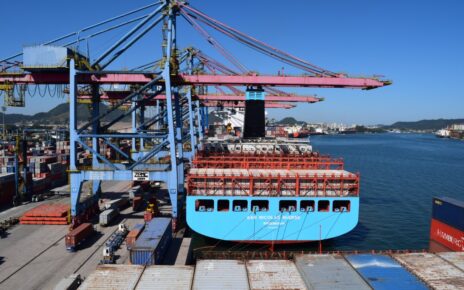If you are interested in marine diesel engines, you might have come across the terms MC and MC-C engines. These are two types of engines developed by MAN B&W, a leading manufacturer of low-speed two-stroke engines for ships. But what is the difference between them, and why did MAN B&W introduce a new engine design? In this blog post, we will try to answer these questions and explain some of the main features and advantages of MC-C engines over MC engines.
difference between mc and mcc engine
MC stands for Mean effective pressure (M) and turbocharger efficiency (C). This engine type was introduced in 1982 as a successor to the previous GFCA engine type, which had a lower mean effective pressure and a lower turbocharger efficiency. The MC engine had a higher power output and lower fuel consumption than the GFCA engine, making it more economical and environmentally friendly.
However, as the demand for more powerful and compact engines increased, MAN B&W decided to develop a new engine type that could meet these requirements. This new engine type was named MC-C, where C stands for Compact. The MC-C engine was launched in 1991 and had several design improvements over the MC engine. Some of these improvements are:
– Increased power to weight ratio: The MC-C engine has a higher mean effective pressure for the same bore size and speed as the MC engine, meaning that it can produce more power with less weight.
– Reduced height of cylinder block: The MC-C engine has a shorter cylinder block than the MC engine, reducing its overall length by about 1000 mm.
– Simplified frame structure: The MC-C engine has a simpler frame structure that makes it easier to weld and assemble.
– Reduced diameter twin tie bolts: The MC-C engine has two tie bolts per cylinder instead of four in the MC engine, reducing the material cost and weight.
– Thin-walled bearings: The MC-C engine uses thin-walled bearings for all large diameter bearings, such as main bearings, crosshead pin bearings and crankpin bearings. This reduces friction losses and improves lubrication.
– High piston top land: The MC-C engine has a high piston top land that protects the top piston ring from high combustion chamber temperatures. This reduces ring wear and blow-by losses.
– CPR piston rings: The MC-C engine uses Controlled Pressure Relief (CPR) piston rings that reduce the pressure drop across the ring gap. This prevents ring collapse and improves sealing performance.
– Oval shape piston crown: The MC-C engine has an oval shape piston crown that provides a larger area in the crown surface for strength and better cooling.
– W-seat exhaust valve: The MC-C engine uses an exhaust valve with a W-shaped seat that improves heat transfer from the valve head to the seat insert. This reduces thermal stresses on the valve head and increases its service life.
These are some of the main differences between MC and MCC engines of MAN B&W. As you can see, both engines have their own advantages and disadvantages depending on your needs and preferences. However, if you are looking for an efficient, powerful and compact marine diesel engine, you might want to consider choosing an MCC engine over an MCC one.
Thank you for reading this blog post about difference between mc and mcc engine.



